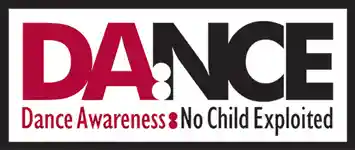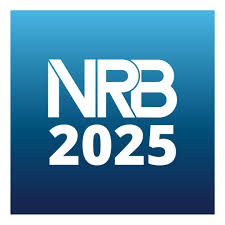There’s lots of positive buzz about the use of dance in ‘La La Land’. Choreographer Mandy Moore got it right. The joy of movement pulls us into the story. That’s a happy dance for lots of reasons. So let me ask you some questions. Why did that happen? Was it because of a high level of technique and dance experience from the dancers, or was it because the choreography was clearly defined with dance movement that intersected within the technical range of its stars? As a dance educator, I believe that the success of ‘La La Land’ was achieved because of choreographic clarity combined with a strategic access into the organic movement base of Emma Stone and Ryan Gosling. Dance critic Laura Bleiberg said of ‘La La Land’ in an article she wrote on 1.17.17 called ‘All You Need is Dance’: “The important thing is that the dancing have emotional resonance, and that’s an easier threshold for non-professionals to reach. ‘La La Land’ shows that you actually don’t have to have professional dancers with brilliant technique for a dance pairing to work. ………….. What is dancing but full body, kinetic expression exploding outward for everyone to see?”
As the interview link reveals, Gosling and Stone had little to no prior dance experience before this movie.
‘La La Land’ demonstrates that dance can be wonderfully successful when non-professionals are used. But let’s go deeper into ‘La La Land’ reflection, and note that the dance sequences in the film also created kinetic synergy with the audience. No surprise to any of us in the dance world. In her article for the LA Times, critic Laura Bleiberg goes on to say: “We now live in a world where we’re more likely to envision ourselves in their(the dancers’) position.” She makes an important point about dance. You often see movement and you feel like you’re dancing yourself. Hmmmm. So maybe someone can’t dance but they can see and experience themselves doing it. Understanding that aspect of motion allows dance ministry within the church to realize that a dance can supply congregants with a model of a biblical worship showing the love of Christ as it integrates mind, body and spirit(Mark 12:30).
And then there’s the power of personal communication that occurs in dance. If any of you have read my book, you’ll see statistics that confirm that language is only 7% of how we communicate a message. 93% of communication is non-verbal.1 A. Mehrabian. (1981) Silent messages: Implicit communication of emotions and attitudes. Belmont, CA: Wadsworth, (currently being distributed by Albert Mehrabian, am@kaaj.com. So, although there are lyrics in most dances, and certainly ‘La La Land’ is no exception, let’s not overlook or undervalue the universal language of dance. Most of life is spoken through our actions even though we don’t admit it. “Nonverbal signals can be used without verbal communication to convey messages; when nonverbal behavior does not effectively communicate a message, verbal methods are used to enhance understanding.”2 Republished with permission of Thomas Learning, Nonverbal Communication in Human Interaction, Mark L. Knapp and Judith A. Hall, 5th edition, 2007; permission conveyed through Copyright Clearance Center, Inc.
Why don’t more people inside and outside the church ‘get’ what I mean? And if you agree with me that dance communicates personally, emotionally and kinesthetically, shouldn’t we be using dance in the church more?
It’s a wonderful thing to watch the human body move with care, detail, and intricacy. In an impersonal, disconnected world, dance and dance ministry have the ability to connect intimately with the viewer and to speak non-verbally with a powerful message. So join me in educating others about this under-used gospel tool. And, oh yes, next month expect a report from me about a choreographic access tool for all levels of dancers to use called genesis. I’m teaching it at the State SHAPE conference in San Diego from February 23-February 25.
By the way, can I encourage you to get your pop-corn out and make sure that you go and see ‘La La Land?’ I’m cheering for it to win Best Picture at the Academy Awards this year.

![lalaland[1]](https://www.soultosolechoreography.org/wp-content/uploads/2017/02/lalaland1-300x169.jpg)

